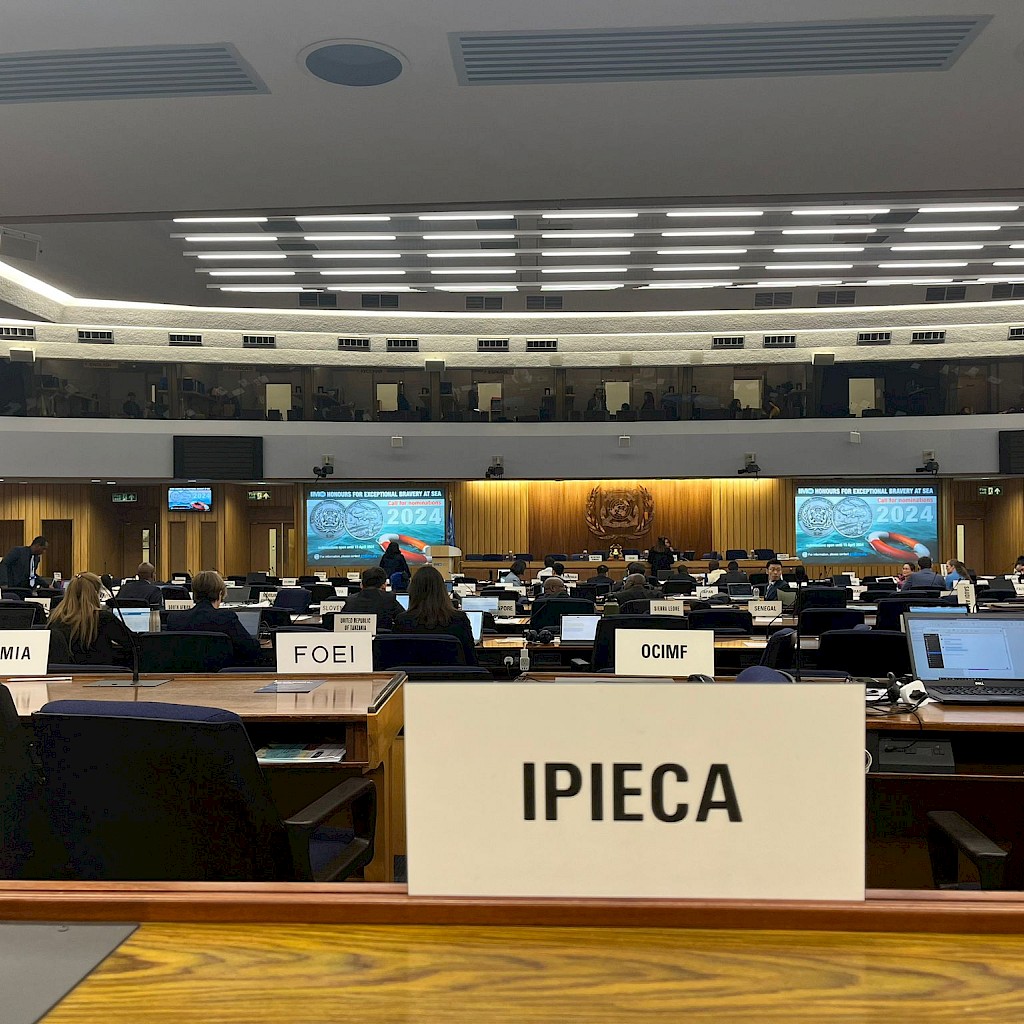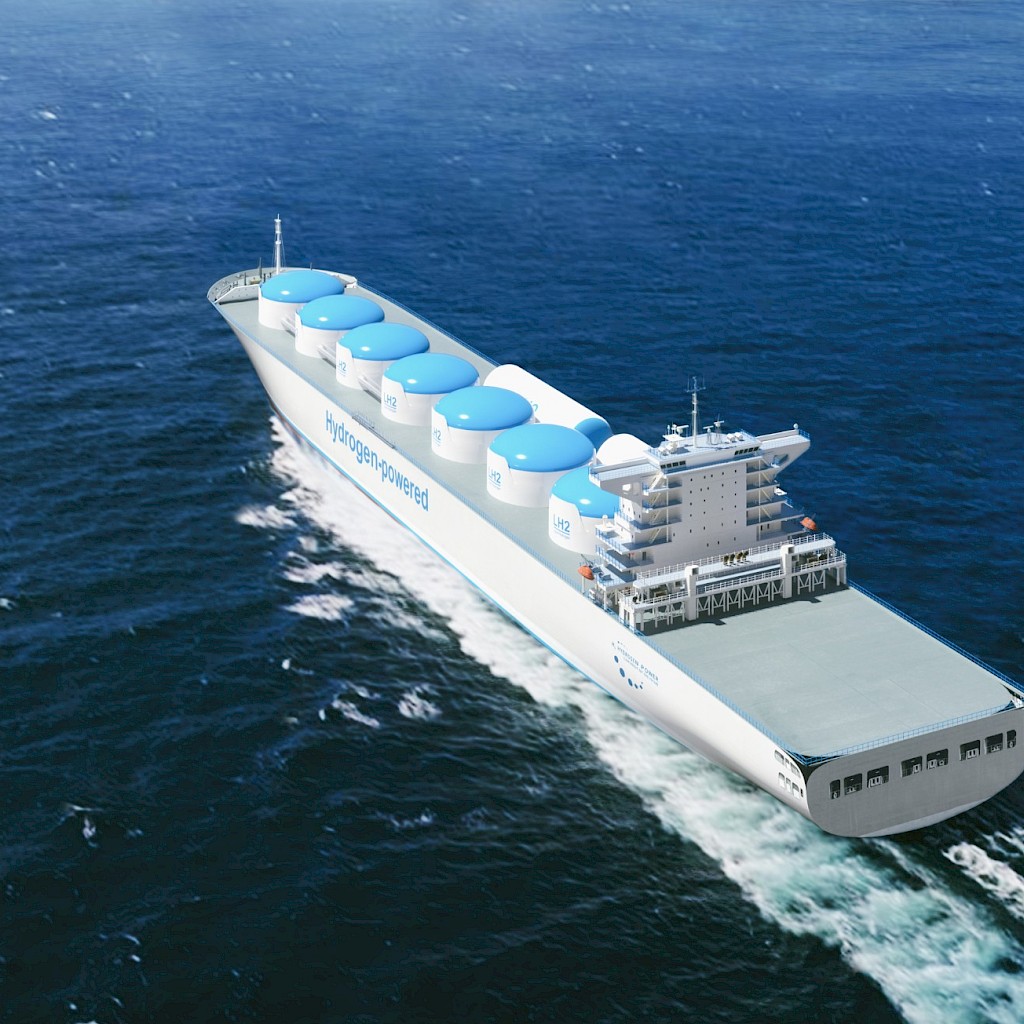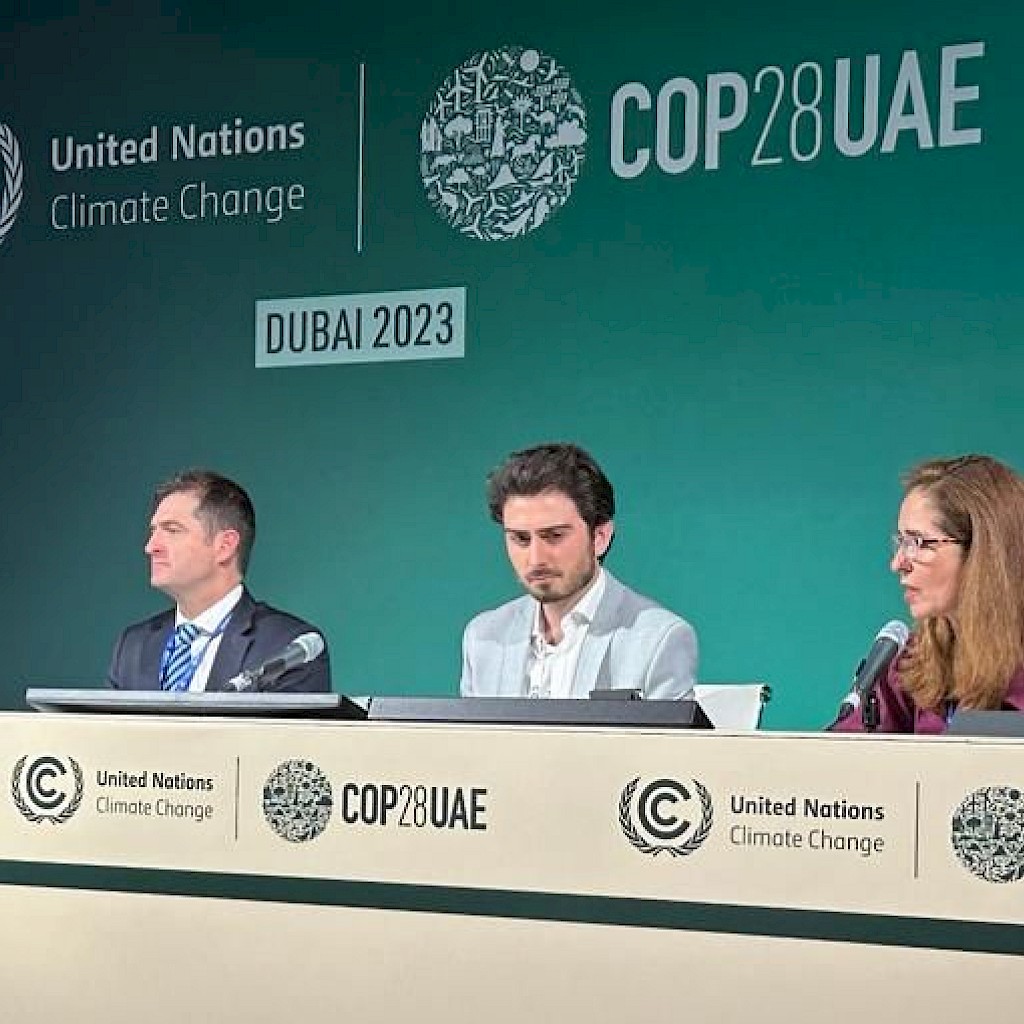To mark Transport Day at COP26, Ipieca Technical Director for Climate and Energy Jim Herbertson explores the range of technologies and solutions that can put this sector on course to a low-emissions future.
The transport sector is the backbone of modern society, providing unprecedented levels of personal mobility and facilitating global trade and commerce. However, it is also a major emitter of CO2, contributing approximately 23% of global energy-related CO2 emissions[1]. Meeting the goals of the Paris Agreement requires a transformation of the transport sector.
Driving the energy transition
Vehicles on our roads can be classified as light duty - the cars that most of us drive - and heavy-duty, for example passenger buses or large trucks used to deliver goods. Together light and heavy-duty road transport account for almost 80% of transport-related CO2 emissions[2]. Managing road transport emissions will be essential to creating a low-emissions transport sector.
A rapidly emerging solution to lowering greenhouse gas (GHG) emissions from road transport is electric vehicles (EVs). These are a particularly attractive option for the general public, especially those living in urban centres, because of the convenience of recharging at home or work, their quiet and smooth drivability, and the environmental plus of zero tailpipe emissions at the point of use.
There are two main types of EVs: battery electric vehicles (BEVs) and plug-in hybrid electric vehicles (PHEVs). Both types use an electric motor (powered by electricity stored in a battery) and in the case of PHEVs work in combination with a liquid fuelled internal combustion engine (ICE) - used in the traditional cars most of us currently drive.
While BEVs are becoming more of a common sight on our roads, they still have a few barriers to overcome. Their price tag is a key one, as they are generally more expensive to purchase than ICE vehicles, although BEV day-to-day running costs are now cheaper than ICEs. Analysis suggests that as BEV use increases, they could be cost competitive by the late 2020s or early 2030s, creating a tipping point for BEV adoption.
In addition to cost considerations, BEVs have other challenges to overcome. Current battery technology does not allow owners to drive as far as they could using an ICE vehicle. This is a particular barrier to commercial uptake by long-haul freight companies: needing to return to a charging depot every 200 miles or so is not feasible for long-haul transport vehicles. This links to another hurdle to EV scale up, which is the lack of charging infrastructure in place. Adding millions of EVs to our transport system will require huge financing and put a massive strain on power grids, with the carbon intensity of the power supplied affecting EVs lifecycle GHG emissions.
While BEVs will be fundamental to making our transport system sustainable, for the time being they are only part of the answer.
Petrol and diesel cars will be on our roads in large numbers for some time to come. However, engine technologies and advanced fuels and lubricants are making a difference to cleaning up our cars, allowing us to travel further on less petrol, lowering CO2 emissions. Small efficiency gains add up, for example, a 5% improvement in the average efficiency of a new ICE applied to all EU vehicles would lead to a reduction of 1.8 million tonnes of CO2, the same amount covered by 1 million EVs.
Sustainable shipping
The international shipping sector currently produces almost 3% of global CO2 emissions (IEA 2017) and 10% of the transport sector's emissions[3].
Shipping has been one of the quickest sectors to recover from the COVID-19 pandemic. With freight transport projected to increase in line with global prosperity, emissions levels are set to increase with this growth.
While this sector is one of the most difficult modes of transport in which to lower emissions due to its long asset life and the cost of low-carbon technologies for shipping, there are measures which can support a sustainable shipping sector.
Emissions could be reduced by fleet management and ship speed, while redesigning hull shapes to reduce friction and upgrading to more aerodynamic rotors could deliver real energy efficiencies.
Given the long life of ships, low-carbon technologies which make use of existing engines and infrastructure are preferable as these can support immediate uptake. For example, a shift from heavy fuel oil (HFO) to hydrocarbon fuels with lower carbon emissions such as liquefied natural gas (LNG), would produce a GHG emissions reduction of 10-20% when compared to traditional HFOs.
Significant and long-term reductions could be achieved through the use of ammonia as a fuel for long-distance shipping, while some short-haul fleets could make use of electric motors combined with batteries or hydrogen fuel cells. However, given the time that these technologies might take to reach market, solutions such as LNG, sustainable bio-fuels, and energy efficiencies through fleet management and ship designs will be necessary to accelerate a lowering of emissions in this sector.
Given the international nature of the shipping industry, the International Maritime Organization (IMO) has an important role to play in supporting the roll out of solutions and the necessary regulations to transform shipping.
Cleaner skies
Prior to the COVID-19 pandemic, aviation was responsible for 12% of GHG emissions from the transport sector[4]. While passenger numbers may take time to reach pre-pandemic levels, freight aviation is expected to increase as the world moves into recovery mode.
Although batteries are one of several possible solutions for light and heavy-duty road transport and shipping, their current weight means that for the time being they are not suitable for long-distance flights, although they do show some promise for short-haul flights with smaller passenger numbers.
Like shipping, aircraft redesign and propeller optimisation can make an impact on energy efficiency, reducing the carbon impact of flying. However, due to thermodynamics, further significant energy efficiency gains in airplanes are limited[5]. Deep GHG emissions reduction in the aviation sector will require alternative fuels.
The most promising in the near-term are biomass-derived jet fuels, provided these can be developed sustainably.
Given the limited supply of the raw materials needed to produce biofuels compatible with existing aviation fuel, cost competitive 'green' flying will remain a challenge.
The Carbon Offsetting and Reduction Scheme for International Aviation (CORSIA) may provide the incentive needed to increase bio-jet fuel production as well as lower its cost. This scheme calls for carbon-neutral growth in international aviation emissions, achieved via sustainable aviation and lower-carbon aviation fuels.
Multiple pathways to a low-emissions transport sector
If we are to keep the world moving while reducing emissions, then we cannot rely on one single solution.
While electrification and sustainable alternative fuels will play an ever-increasing role, oil and gas will continue to be required to support global mobility and growth, as other technologies scale up during the energy transition.
To find out more about the pathways to reach a low-emissions transport system, download for free Ipieca's Exploring low-emissions pathways for transport.
[1] IPCC, 2014. AR5 Climate change 2014: mitigation of climate change. www.ipcc.ch/report/ar5/wg3/
[2] Hall, D., Pavlenko, N. and Lutsey, N., 2018. Beyond road vehicles: survey of zero-emission technology options across the transport sector. ICCT working paper. www.theicct.org/publications/zero-emission-beyond-road-vehicles
[3] Hall, D., Pavlenko, N. and Lutsey, N., 2018. Beyond road vehicles: survey of zero-emission technology options across the transport sector. ICCT working paper. www.theicct.org/publications/zero-emission-beyond-road-vehicles
[4] Hall, D., Pavlenko, N. and Lutsey, N, 2018. Beyond road vehicles: survey of zero-emission technology options across the transport sector. ICCT working paper. www.theicct.org/publications/zero-emission-beyond-road-vehicles
[5] National Academies of Sciences, Engineering, and Medicine, 2016. Commercial aircraft propulsion and energy systems research reducing global carbon emissions
https://books.nap.edu/read/23490/chapter/6#36



